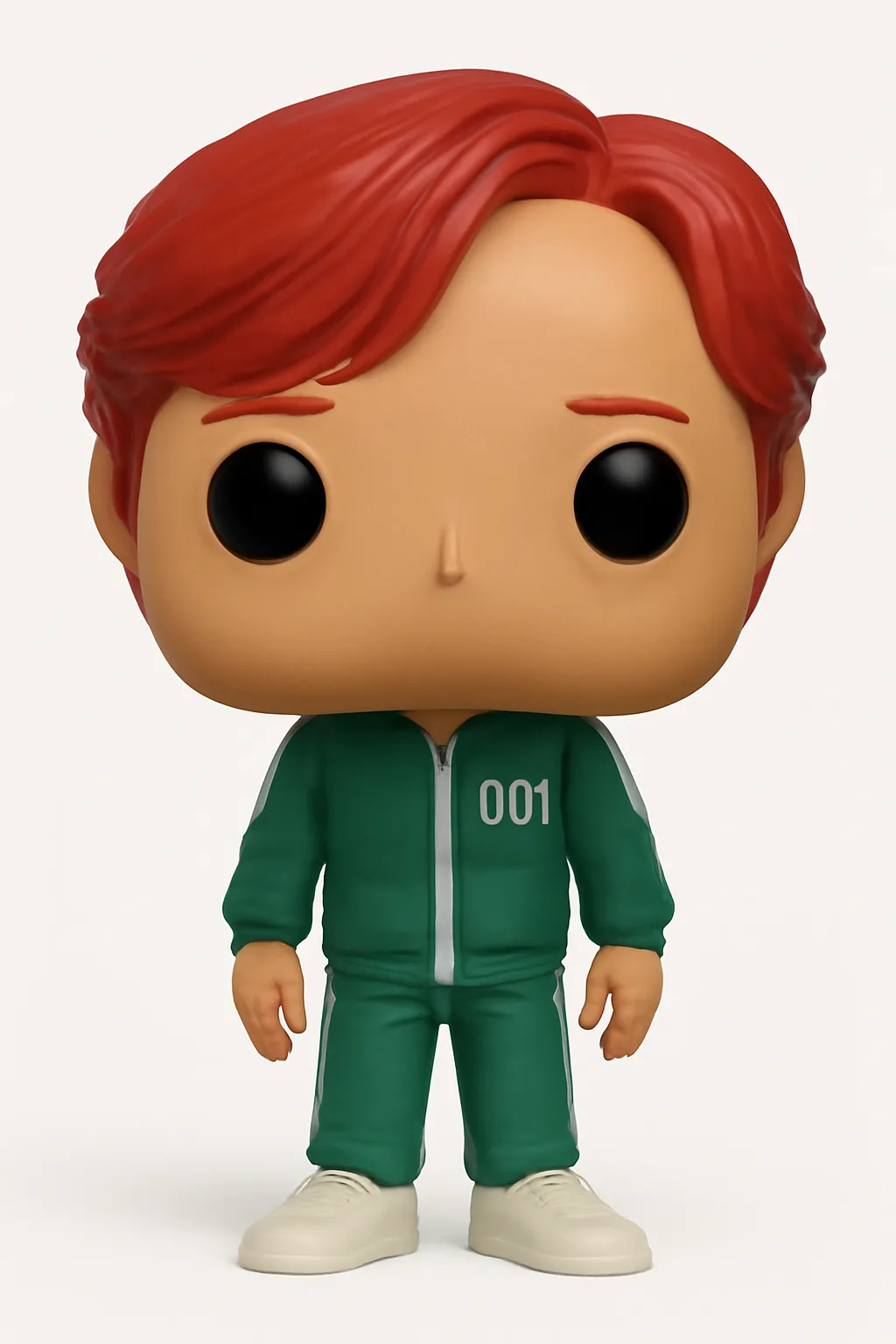Absolutely! Here's a tailored, engaging 7-Day Focus Challenge crafted specifically for individuals with ADHD. It incorporates gamification, flexibility, various learning styles, and practical strategies to build lasting focus and productivity habits.
🧠 The ADHD Focus Quest: 7-Day Challenge for Better Concentration & Productivity
Overview
This 7-day interactive challenge breaks your day into bite-sized, manageable tasks that help gradually build your ability to focus. Each day centers around a mix of activities tailored to different preferences (visual, kinesthetic, auditory, social) and comes with a fun points system to gamify progress and motivation.
Goal: Develop sustainable, ADHD-friendly focus habits and strategies to boost daily productivity.
How It Works
- Daily focus quest (10-25 mins)
- Mix of activities: short focus sessions, movement, mindfulness, reflection
- Earn points (XP) for completing tasks
- Track progress on a provided challenge chart or an app
- Flexible: choose alternatives based on your preference & energy level
- Daily tips—ADHD-tailored strategies to conquer distractions
Day 1: The Foundation — Setting Up Your Focus Zone
Objective: Create a distraction-friendly workspace and prepare your tools.
Tasks:
Declutter your primary workspace area (visual & kinesthetic)
- Remove 3 items that distract you
- Arrange your desk to keep only your current project items visible
XP: 10
Choose your focus timer (auditory/visual)
- Pick an app (Pomodoro timer, Focus Booster) or use a simple kitchen timer
- Test it by doing a 5-minute focus period
XP: 5
Create a focus playlist or white noise (auditory)
- Either pick music/channel that enhances focus or instrumental sounds
- Play it during your 5-minute timer test
XP: 5
Day 1 Total XP: 20
Tip: Use fidget toys or doodle paper at your desk to satisfy your kinesthetic needs without interrupting work.
Day 2: The Micro Focus Sprint
Objective: Practice short, intense bursts of focus.
Tasks:
- Pick a simple, manageable task (e.g., read 2 pages, email 1 person, organize one small folder)
- Use the timer to focus for exactly 10 minutes without stopping
- After the timer, take a 5-minute physical break (walk/stretch)
- Journal or voice-record how you felt during the sprint (reflection)
Earn 10 XP for focus sprint + 5 XP for journaling
Alternative: For social learners — pair up with an accountability buddy and share your sprint goals and results.
Tip: Break big tasks into tiny chunks to avoid overwhelm; 10 minutes often feels doable!
Day 3: Movement & Mindfulness Combo
Objective: Balance focus with sensory regulation.
Tasks:
- Do a 7-minute guided movement or stretching routine (YouTube chair yoga/stretching)
- Follow up with a 5-minute mindful breathing exercise (guided apps like Headspace or Calm)
- Reflect on any shifts in your alertness or mood
XP: 20 total
Tip: Many with ADHD respond well to movement + mindfulness to reset hyperactivity and improve brain function.
Day 4: Time Blocking Adventure
Objective: Plan your day in focused blocks with built-in breaks.
Tasks:
- Write down your 3 main priorities for the day
- Assign each a 25-minute block on your calendar or planner
- Schedule 5-minute breaks between blocks
- Add a reward (snack, favorite song) after completing a block
XP: 15
Alternative: Use color-coding (visual learners) to differentiate tasks.
Tip: Use alarms as reminders and protect your scheduled blocks like appointments.
Day 5: Distraction Deflector Training
Objective: Identify common distractions & deploy strategies to overcome them.
Tasks:
- List 3 distractions you notice regularly
- Write down 1 specific strategy for each
- E.g., “Turn off phone notifications” or “Use noise-canceling headphones”
- Implement these during ONE 15-minute focus period and track success
- Journal your experience (successes and challenges)
XP: 20
Tip: Pre-empt distractions by physically removing them or using apps like Forest to stay off your phone.
Day 6: Multi-Sensory Focus Challenge
Objective: Engage different senses to enhance concentration.
Tasks (choose 2):
- Use colored pens to outline notes or brainstorm ideas
- Record yourself speaking key points and play it back while working
- Use a tactile object (stress ball or textured fabric) while focusing
- Change your environment (sit by a window or try standing desk)
Complete two tasks for 20 XP.
Tip: Experimenting with sensory input can help maintain attention and make tasks more engaging.
Day 7: Reflect, Celebrate & Level Up
Objective: Review progress and plan your next steps.
Tasks:
- Review your daily XP & note your favorite strategies
- Write down 2 focus habits you want to keep building
- Set 1 achievable focus goal for the upcoming week
- Celebrate with a fun reward! (Treat, break, social time)
XP: 10
Tip: Tracking progress visually (charts, stickers, apps) reinforces positive behavior and motivation.
Bonus Gamification Elements:
- XP Leaderboard: (For groups or solo tracking) Collect total XP by end of challenge:
- 0–50: Apprentice Focuser
- 51–100: Focus Explorer
- 101–130: Focus Master
- Daily Streaks: 3+ consecutive days of completing at least half the tasks gains “Streak Booster” bonus +10 XP
- Mini-quizzes & badges: Reward knowledge gains about ADHD and productivity.
Additional Tips for Success:
- Use external reminders: Timers, alarms, sticky notes
- Allow flexibility: If you miss a day, no guilt — just start again tomorrow
- Combine focus with intense interest tasks: Leverage hyperfocus positively
- Use movement breaks: Get up every 25-30 minutes to stretch or shake out excess energy
- Practice self-compassion: Celebrate small wins and progress
If you want, I can also help you build a printable worksheet or digital tracker based on this challenge — just let me know!
Would you like me to suggest focus apps, timers, or playlists that work well for ADHD focus too?
Inputs used
Create Focus Challenges For ADHD Person
Prompt body









